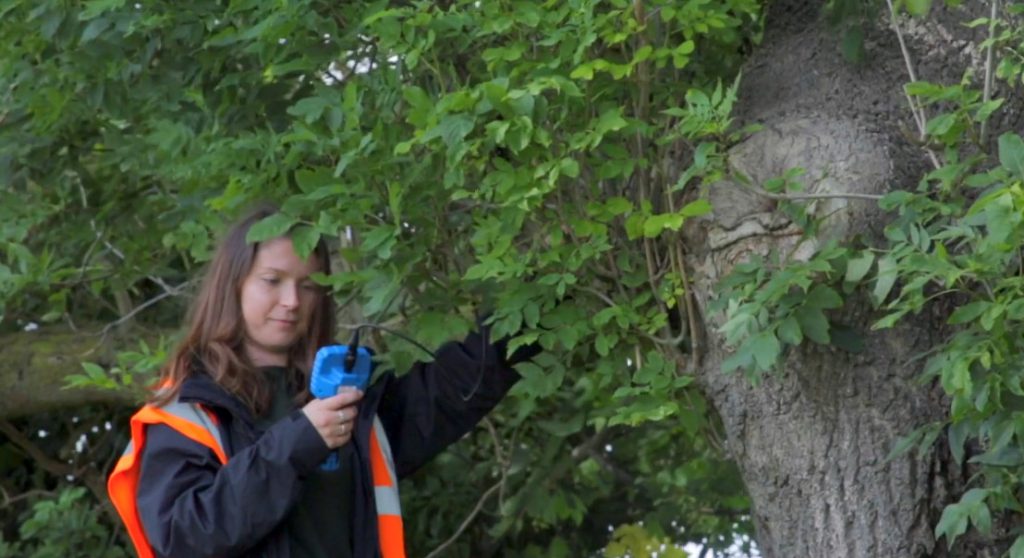Natural Locations Across East Riding of Yorkshire
Featuring a vast selection of hills, plains and valleys, the East Riding of Yorkshire is a widely rural county in the Yorkshire and the Humber region. A total of 333 settlements are situated across the county, including towns, villages and farms. Compared to the rest of the Yorkshire region, the urban areas in East Riding of Yorkshire are small and display relatively small populations. For example, while the urban area in the East Riding of Yorkshire with the largest population is 35,211 (Bridlington), the largest for other counties is 74,159 (Harrogate) in North Yorkshire, 557,039 (Sheffield) in South Yorkshire, and 516,298 (Leeds) in West Yorkshire.
Ranked as one of the least socially deprived counties in England, East Riding of Yorkshire has minimal run-down areas and receives generally strong support from the local councils to eliminate poverty and provide residents with affordable housing. According to a government census, as much as 52.1% of the population lives in rural areas, indicating that the countryside is a valuable asset in the county. Due to this, East Riding of Yorkshire Council and other local councils therein are likely to put an emphasis on protecting ecological features and environmental value, potentially to the detriment of developers planning projects in the area.
East Yorkshire’s Local Wildlife
Not only does the majority of rural areas over urban areas mean a benefit to local biodiversity and environmental value, but also numerous opportunities for protected species to form suitable habitats. Priority species listed in East Riding of Yorkshire Council’s Biodiversity Action Plan (BAP) include bats, birds, brown hares, eels, insects, grass snakes, great crested newts, otters, water voles and white-clawed crayfish.
With such a wealth of countryside locations, the East Riding of Yorkshire has many areas that have the potential to be used as habitats, such as:
- Arable and horticultural land
- Acid, calcareous, improved and neutral grassland
- Bogs
- Boundary and linear features
- Broadleaved, coniferous, mixed and yew woodland
- Canals
- Dwarf shrub heaths
- Fens
- Inland, littoral, sub-littoral and supralittoral rock
- Littoral, sub-littoral and supralittoral sediment
- Marshes
- Rivers
- Standing open water
- Streams
- Swamps
Along with a handful of independent groups, East Riding of Yorkshire is protected by the Yorkshire Wildlife Trust. Certain policies are designed to protect the existing value of biodiversity in the area and enhance it, with rules in place to ensure that current and future developments refrain from unnecessarily degrading the natural environment.
As it can be tricky for developers to weave their way through these protections, local councils recognise the results from ecology surveys as tangible and valid evidence that everything has been done to remain within relevant rules. During an ecology survey, an ecologist will inspect the site of the proposed development before suggesting changes that will meet planning requirements and eliminate any obstacles that would otherwise cause a rejected planning application.
Executing an Ecology Survey
In order to meet the planning requirements of the local council, the natural first step would be to undergo a preliminary ecological appraisal (PEA) / Phase 1 Habitat Survey on the site. A PEA is a baseline ecological assessment, and it entails an ecologist physically attending the site to identify all ecological features present before determining whether the need for further surveys or changes to the project or site are necessary.
Whenever protected species of animals or plants have been found on the site, an ecological consultant would recommend carrying out a further survey that relates to the species in question. In the case of animals, a protected species survey could include badger surveys, barn owl surveys, bat surveys, dormouse surveys, great crested newt surveys, otter surveys, reptile surveys or water vole surveys. As for animals, valuable or invasive plant surveys could include giant hogweed surveys, Himalayan balsam surveys, injurious weed surveys or Japanese knotweed surveys.
An ecology report will then be created by the ecological surveyor in charge of the assessment, featuring next steps for any ecological constraints and advising the local planning authority on whether or not to grant a planning condition. If there were no signs of ecological features on the site, the report would start and end at the PEA, confirming to the local council that there are no ecological features on the site and an application for planning consent can then be granted. If, however, ecological features were found, the ecologist would undertake other ecology surveys, and once all concerns have been addressed, a report would be created to contain everything needed to see a successful planning application.
Assessors Based in East Yorkshire
Ecological constraints act as a continuous consideration in any development project, not helped by the fact that they can appear on any site, including undeveloped land and sections of land with existing infrastructure present. Instead of hoping that improvised provisions that attempt to satisfy the local authorities are sufficient, it would be advisable to arrange an ecology survey with an ecological consultancy such as ours.
At the point of opening communication with our team, we would recommend giving us as much information as possible about your site and project so we can ensure that the quote we give you is accurate to your specifications. You can contact us by filling out our quick quote form online or calling us directly, and within a few short hours, we will send across a free quote. Then, if you are happy with it, confirm that you want to move forwards with us, and we will book a date for your survey. On the day of the survey, an ecological surveyor will attend your site, conduct the ecology survey, and assist you with securing planning permission.


